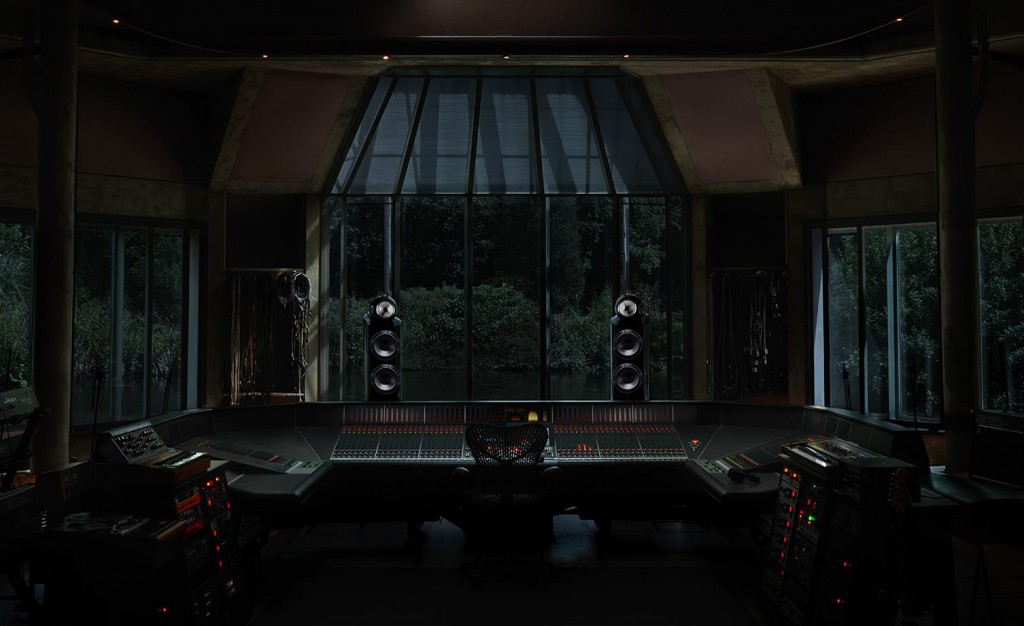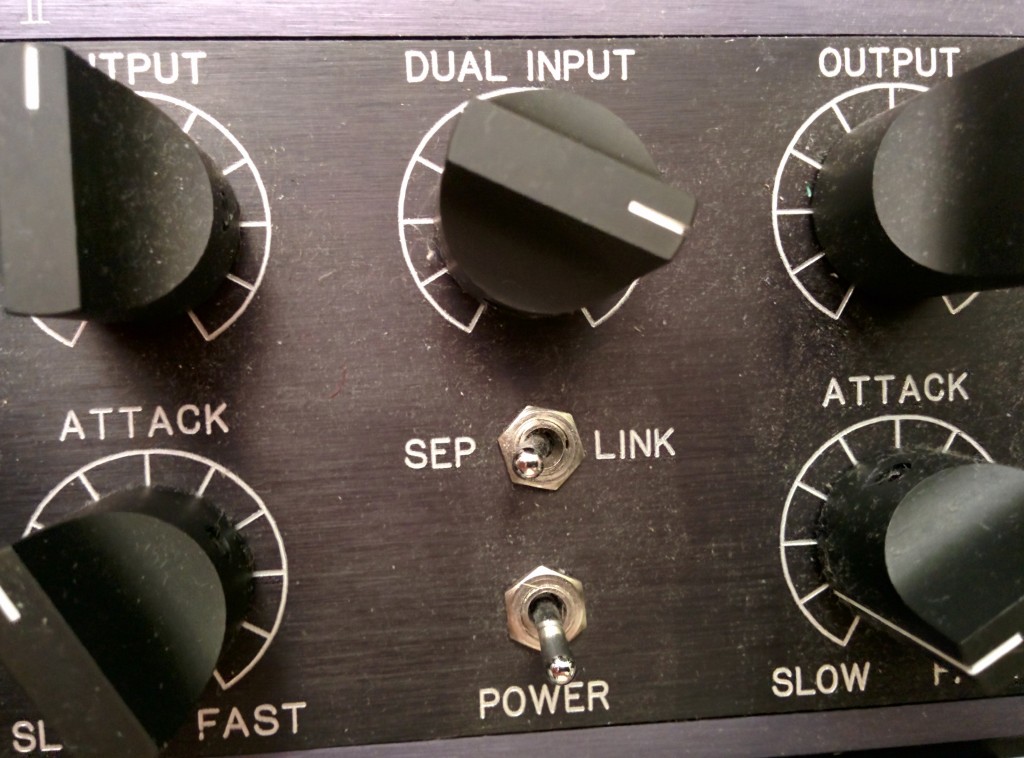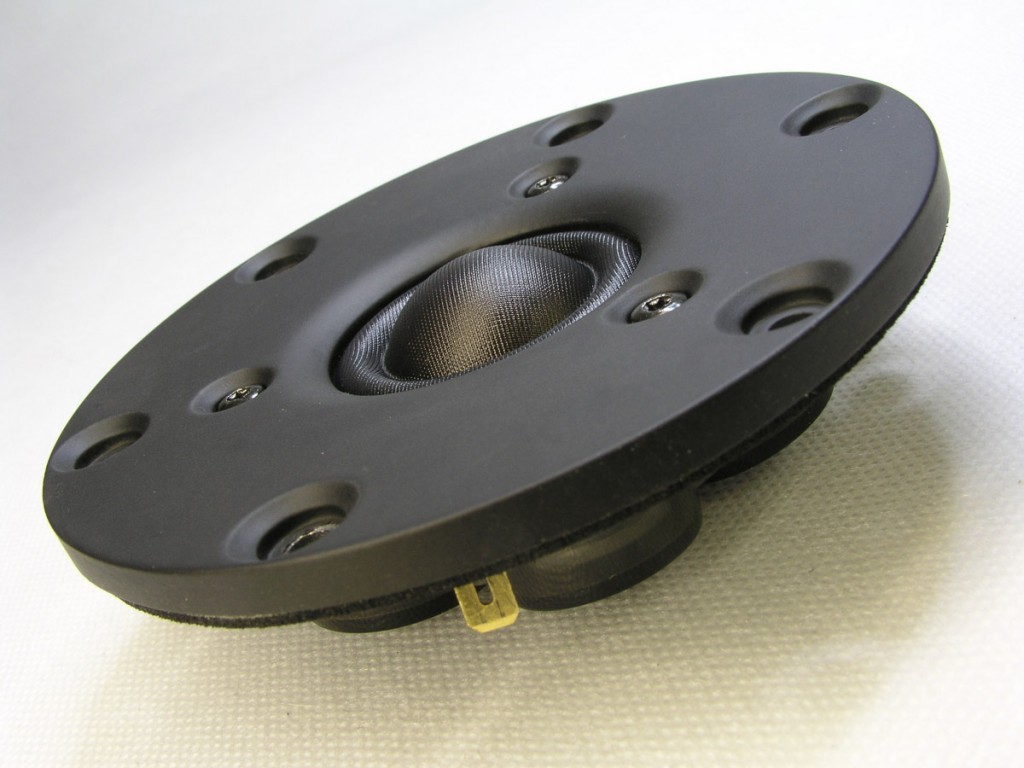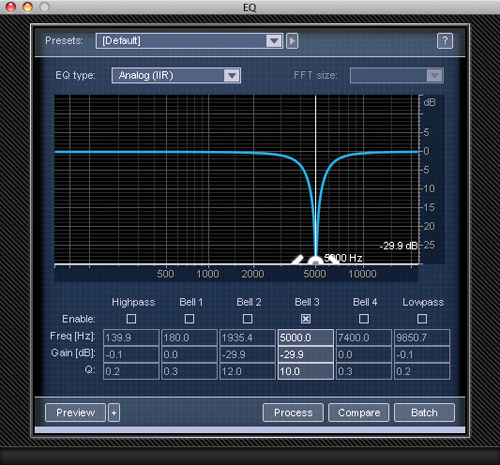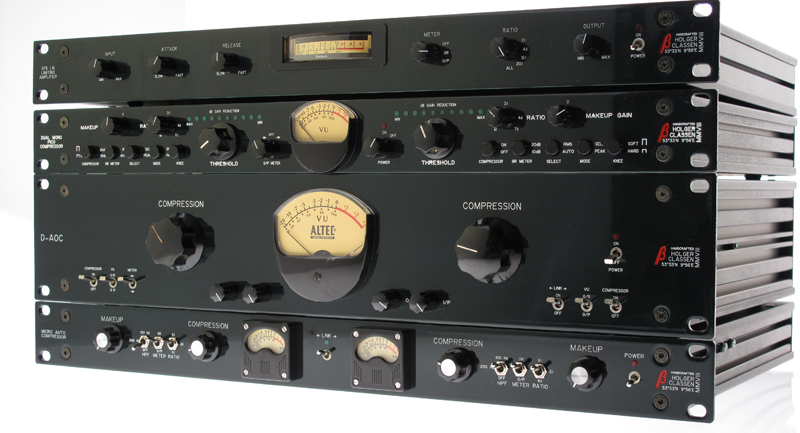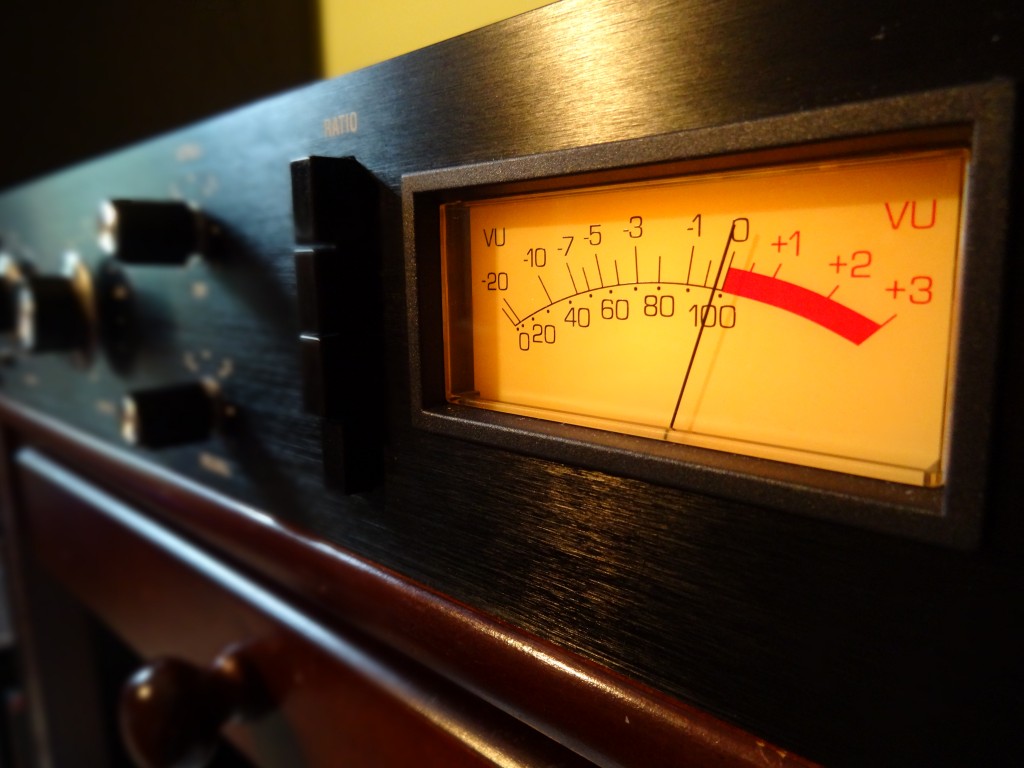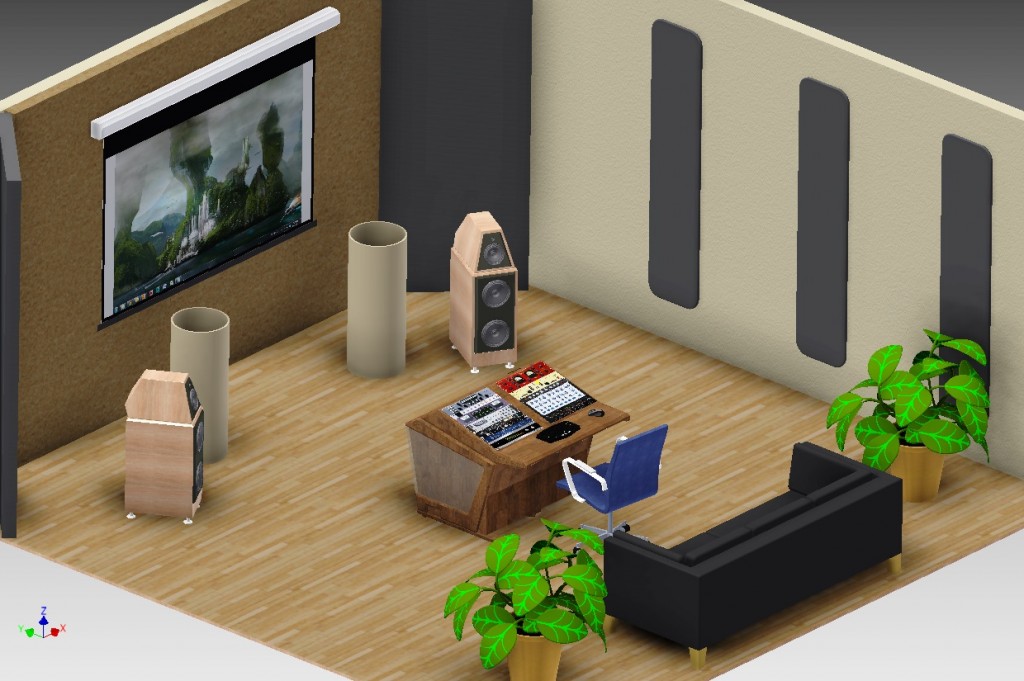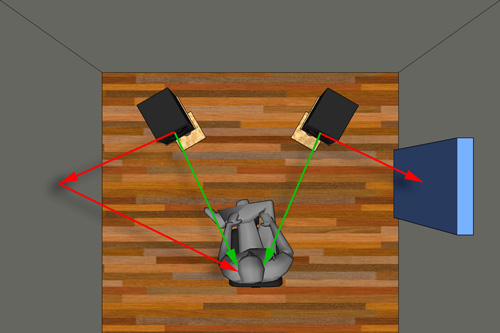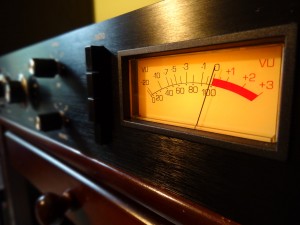If you end up spending more than five minutes on an Audiophile forum, you will invariably read someone complaining about the fact that, even though our technology has evolved, Audio quality somehow went in the opposite direction.
Of course, Audiophile are complainers. It’s part of their DNA. Their purpose in life is to be critical and difficult about what they are listening to (I sound like if I hate them, but that is not the case at all ;). It’s like wine tasting, it’s part of the hobby. Nevertheless, the issue is real in the world of professional audio engineering.
We do have the technology to make it sound cleaner, purer, bigger and **Insert all the HiFi jargon you can think of here**… But Music is an industry. Therefore it is at the mercy of other factors that are not always artistical.
What makes a recording Audiophile-Grade ?
There are no standard, recipe or reference book to follow. Yet, does that mean that it is entirely subjective ? The answer obviously has to be “No”.
There is indeed a little bit of “Yes” to be included in the answer; Pretty much every recording nowadays are made in 24 bit, using modern recording equipment, using 32-bit float editing processors, and yet, most recordings sounds ok, to pretty bad. And even if you make it 32 and 64 respectively, there is absolutely no guarantee the product will sound better at the end. So if you look at the specs only there, this is one of the rare fields were you cannot judge the quality of a final product only based on the numbers.
So why is the answer “No” then ?
Because there are definitely some guidelines that will lead better sounding masters:
LOUDNESS
Yes… Let’s start with the most obvious one, and get rid of it quickly. To me, loudness isn’t as relevant as people think.
Let me start with something bold here: Do we really care how loud it is ? Is there really such things as “The Competition”?
The first step towards an audiophile recording, in my opinion, is simply to just stop looking at the meters, and go with what feels right. I honestly couldn’t care less if what I’m mastering is a D10 or a D20. (D-Something, usually refers to the difference between the Peak and the RMS volume of a material, D is for Dynamic range).
Does it feel good ? Does it serve the music well ? These are the important questions to ask.
That said, a lot of mastering engineers put a lot emphasis on metering, and I think that could be one of the reason why today’s recording are squashed. The value on the meter should interfere with the decision making process.
But don’t misinterpret me here. I am not against loudness. I actually end up make things pretty loud if the genre requires it. What I’m saying is, we should never try to make it loud for the sake of making it loud. If the music naturally responds well to gain reduction and it feels good, and even asks for more, let’s give it what it wants.
Where it is critical, it is when the music doesn’t respond well. You try to push it a bit and it falls apart or worse, you lose something exciting. In that case, you have to choices. First, you don’t care and you bring it to D10 because that’s what everybody does (What most people seems to be doing). Or secondo, you make it as good as it can, by focusing on how the dynamic is breathing with the compressors. Maybe you will end up at D10, D12 or D14, but honestly… I couldn’t care less. The second one, is my way of working, and until now, it has only served me well.
“What feels good is what you get” is my mantra.
There is a saying in the audio mastering field: “It is not how loud you make it, but how you make it loud”. These wise words mean, forget loudness for the sake of loudness, just try to make it sound as good as you can, and if you do your job well, it might turn up pretty loud without showing any signs of the side effects that the loudness war is known for.
SAMPLING RATE
If there is one objective parameter you can change to make your masters sound more HiFi or Audiophile-grade, it is the sampling rate.
If you compare 44.1 kHz to 96 kHz, they clearly sound different.
The main advantage of using 44.1 kHz is that it saves you computational power. However, it comes at a price, especially if you heavily process everything. It brings a kind of crunchiness we can hear in a lot of modern production.
Ironically, heavily processed music would benefit more from using high sampling rate than purist recordings (Jazz, Classical, and various Audiophile stuff), as the problem about 44.1 kHz isn’t the playback itself, but the processing errors (aliasing) that are adding up each time you’re adding a plugin. However, since using a boat load of plugin requires a lot of CPU power, heavily processed music usually end up being mixed in 44.1 kHz.
96-192 kHz on the other hand sound much cleaner, but obviously comes at the price of a heavier CPU consumption. This isn’t necessarily a bad thing, in the sense that limiting your processing will also make your recording sound more HiFi.
96 kHz is now my standard, as it does not really limit my processing in the case of a stereo Mastering setup, but sounds very good. There is also a much bigger gain in upgrading from 44.1 kHz to 96 kHz, than from 96 kHz to 192 kHz. 192 kHz can be somewhat restrictive in terms of CPU.
A SIMPLIFIED CHAIN
Since I just mentioned it, as well moving on with this one.
Every time you are adding an effect, you are trading a bit of “objective” quality in order to gain (I hope) some “subjective” quality. A HiFi or Audiophile-Grade mastering will be all about finding the perfect equilibrium between both, and in case of doubt, sticking to the objective one. The most purist albums will in fact work very hard to capture the best performance they can (Flawless recording session), then simply try to do as little as possible in post processing.
“A HiFi or Audiophile-Grade mastering will be all about finding the perfect equilibrium between both, and in case of doubt, sticking to the objective one.”
One has to keep in mind that every processing comes at a price. But if one has access to a very high quality monitoring, and knows well the artifacts of each process, that person can optimize the recording A LOT before it has discernable artifacts.
MONITORING QUALITY
To me, this is the most obvious and relevant one (way more than the loudness “issue”.)
Obviously, if you hope to make an Audiophile-grade mastering, you need to have a top notch Audiophile-grade listening environment. This includes indeed the loudspeakers, but also the room acoustics, the amplifier and the A/D converter as well.
The more transparent your monitoring system is, the closer you are to the truth. That’s no surprise that we see 20k$+ monitors in mastering studios. Now, what you do with it, is another thing… You obviously need both: The right tools in the right hands.
My point is, if you can’t hear what you’re doing, your processing
FOCUS ON TONES, TEXTURES AND DEPTH
That is a very important one in my mind.
When you first start off in Audio, you might have a hard time to hear what a compressor does and you might not be able to discern a 3 db dip in a spectrum, etc. But then, as the years pass you become more experienced and aware of what you’re doing. You eventually end up hearing a much deeper dimension that I often refer to as tones and textures.
It is like comparing a kid’s painting versus a professional experienced painter. You might the same element in the canvas, but one of them will add more effect, depths and textures. It is the same thing.
I receive mixes sometimes and clearly, everything has been done in the box. All I hear is a blue car on a black road, an all blue see at the back and an all yellow sun smiling in the corner of the page. If they used digital saturator plugins, everything looks vivid like a children’s book. This can be good for some music genre, but it is obviously not or old rock and blues.
Using analog gear can be used to add different textures to the project. It adds modulations to the sound that are so subtle and complex that the human brain as no choice but to interpret them as details or grain.
You probably heard talking about a session where the Mastering Engineer only passed the material through some vintage compressor and needle wasn’t even moving. That happens all the time, and that is exactly what I am talking about…
NOTE: A lot of Audiophile productions are actually processed entirely digitally, mainly in the Classical and Jazz world. In that case, the production aims to reproduce exactly the performance without altering it in anyway. The objective is to be as close to the real performance as possible, not to make it more vivid than in reality.
I want to emphasis the point that these performance need to be very well recorded by geniuses such as George Massenburg (McGill University, Montreal), otherwise, they can get boring very easily and sound very cold and digital-ish.
AN INTENSE FOCUS ON DYNAMIC
One great thing about HiFi loudspeaker, is that they aim to reproduce the dynamic very well.
Audiophile will focus on how dynamic is allowed to move, and how the music is breathing with the speaker. To come back to the first line of this article, the main point that audiophiles complain about today’s recordings is the lack of dynamic (as well as a very high level of distortion… more on this later on).
This can be related a bit to the loudness topic above, but the truth is, that it doesn’t necessarily have to be. While a good mastering engineer will be able to boost the volume without hurting to much the record, a great mastering engineer will be able to make a recording not only louder, but also more alive and dynamic !
That might sound counter intuitive to a lot of people, but compressors can actually be used to increase dynamics and make things sound more alive, as opposed to dull.
“The transient is where the magic happens”
All the trick is hidden in the attack and release time of compressors and other dynamic processors. I also like to use envelopper to shape the transient.
As once said Bootsy from Variety of Sound, “The transient is where the magic happens”…
A REALISTIC SOUNDSTAGE
At the mastering stage, it can be a bit late to address this point, I admit, but we definitely can help it.
As I described often in previous blog post, a mix should sound as a soundscape, where you hear the different items in different locations. At the peak point of a song, you should feel a wide wall of sound in front of you (unless we are taking of a more intimate project, of course)…
One method to work the sound stage on a stereo mix, is by using the mid-side technique. Using the mid side, you have control over different things: How the dynamics differs from the center to the side, how the center is louder than the side, as well as how wide is the side.
This gives you the opportunity to make a boring stereo mix closer to a live performance.
In a recent project I worked on, The performance had been recorded live, directly onto a stereo track. By definition, no remixes was possible. However, the mix was clearly lacking realism stereo-wise. Everything felt flat. By using some mid-side techniques creatively, I was able to really create the illusion that the singer is in front of you, but most important physically in front of the band. I was also able to give the feeling that the band was being and surrounding him in circle! The depth and feeling that was added to the whole project was definitely worth the extra effort!
LESS TO NO CLIPPING
Clipping is often described as the “most transparent way to achieve loudness”. Some top mastering engineers, such as Ted Jensen at Sterling Sound, heavily rely on it to make everything sound loud.
While it is true that clipping is dynamically quite transparent (Our brains can extrapolate up to a certain point where the peak was going anyway), it is not true that it is the most transparent acoustically, as it generates a great load of very agressive harmonic distortion.
It makes a recording more agressive and brighter than it really is. It is also the number one factor that causes ear fatigue.
Audiophiles have been complaining about “too loud and distorting records” for a while now. They were right. I think the good old trick of “Clipping it in the converters” has been overused. That doesn’t mean it is bad. It is just that it became a habit and because of that, it has been applied on records that absolutely didn’t needed it.
Without clipping, many of today’s recordings could be considered as audiophile grade. But since they have been ruined by overclipping and they only good for radio hits, and cheap sound system playback.
In order to master an Audiophile-record, I recommend using clipping very little, if not none.
SOME MARGIN ON THE HEADROOM
That comes a bit in hand with the loudness war.
People got so desperate to gain half of a db, that they brought everything to the ultimate ceiling of 0 dB. Others, more conservatives, were using -0.1 dB as ultimate ceiling.
The truth is that, even some expensive converters might overshoot if the peak is to close to the 0 dB, resulting in audible distortion.
Also, while most people think that MP3 is low resolution format, you can actually deliver very high quality audio using this technology. Just have to leave it some headroom.
The Mastered for iTunes (MFiT) programs offered tools that allow you to convert it to m4a and then decode it back to wav in real time to hear the influence of the margin. You will be surprised that even a material maxed at -0.5 dB can still clip times to times once converted to AAC…
-0.5 dB of margin is a good ceiling to respect, and I sometimes use more.
RE-THINK OUR WAY OF WORKING
It indeed requires a lot of experience and knowledge to produce High Fidelity masters. Although Audiophiles seem hard to satisfy, the truth is that we could easily have given them what they were asking for a long time ago. Their requests are rather simple: Good sound, mixed and mastered with good taste.
The truth is that the trends audio production have been a bit out of hand for a while now. The access to more tools turned out to be a poison more than an antidote.
I think we now need to sit back, and think about our work habits: Does this really need compression ? Does this song really feel like being smashed in a brickwall limiter 3 times per second? Does everything need to be that vivid all the time ? Does it makes sense to clip a ballad all the way through ?
Sometimes, the answer is yes, often the answers is a plain no.

